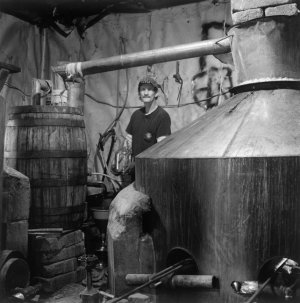Pál_K
Cameras. I has it.
How well does Delta 400 handle mild overexposure - such as making exposures as if it were ISO 250? What about ISO 125?
My question is in the context of a lab developing the film "straight" - that is, not reducing development time, but using a machine such as a Fuji Frontier for making prints from the resulting denser negatives.
I'm thinking the photos would be acceptable, but with less contrast. I think shadow detail would be very good, but highlights would have little to no detail.
What say you?
My question is in the context of a lab developing the film "straight" - that is, not reducing development time, but using a machine such as a Fuji Frontier for making prints from the resulting denser negatives.
I'm thinking the photos would be acceptable, but with less contrast. I think shadow detail would be very good, but highlights would have little to no detail.
What say you?



